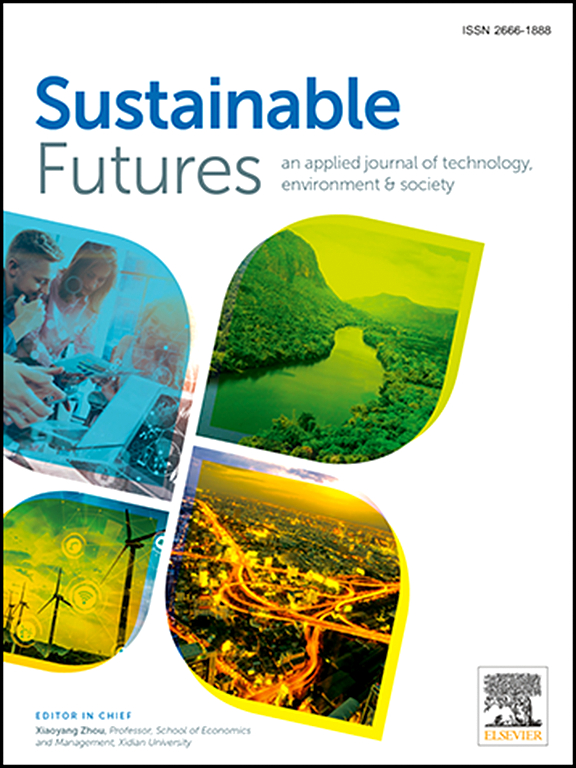Balancing competition and sustainability: Strategic supply chain configurations in response to consumer low-carbon preferences
IF 3.3
2区 社会学
Q2 ENVIRONMENTAL SCIENCES
引用次数: 0
Abstract
In the competitive landscape of supply chains, the strategic configuration of manufacturers and retailers has a significant impact on overall performance. This study analyzes three competitive structures in supply chain systems: centralized (CC), decentralized (DD), and hybrid (CD). This study optimizes retail prices and reduces carbon emissions by considering consumer preferences for low-carbon products. In the first supply chain, intense competition leads retailers to adopt a hybrid structure (CD), even when consumers prioritize low-carbon products. Manufacturers similarly opt for a hybrid model to balance production costs and carbon emissions. In the second supply chain, retailers prefer decentralization (DD) when consumer preference for low-carbon products is minimal. However, high consumer preference for low-carbon products results in the adoption of a hybrid structure to enhance overall production efficiency. As consumer low-carbon preferences increase, manufacturers shift from a centralized structure (CC) to a hybrid structure (CD) and eventually revert to a centralized structure. Our findings suggest that aligning supply chain structures with consumer preferences and competitive dynamics is crucial for achieving sustainable and profit-maximizing outcomes. The hybrid model is identified as a practical approach that balances economic efficiency with environmental sustainability.
平衡竞争和可持续性:响应消费者低碳偏好的战略供应链配置
在供应链的竞争格局中,制造商和零售商的战略配置对整体绩效有重大影响。本研究分析了供应链系统中的三种竞争结构:集中式(CC)、分散式(DD)和混合式(CD)。本研究通过考虑消费者对低碳产品的偏好来优化零售价格并减少碳排放。在第一个供应链中,激烈的竞争导致零售商采用混合结构(CD),即使消费者优先考虑低碳产品。制造商同样选择混合动力车型来平衡生产成本和碳排放。在第二供应链中,当消费者对低碳产品的偏好最小时,零售商倾向于分散化(DD)。然而,消费者对低碳产品的高度偏好导致采用混合结构来提高整体生产效率。随着消费者低碳偏好的增加,制造商从集中式结构(CC)转向混合式结构(CD),并最终回归集中式结构。我们的研究结果表明,使供应链结构与消费者偏好和竞争动态保持一致对于实现可持续和利润最大化的结果至关重要。混合模型被认为是一种平衡经济效率和环境可持续性的实用方法。
本文章由计算机程序翻译,如有差异,请以英文原文为准。
求助全文
约1分钟内获得全文
求助全文
来源期刊

Sustainable Futures
Social Sciences-Sociology and Political Science
CiteScore
9.30
自引率
1.80%
发文量
34
审稿时长
71 days
期刊介绍:
Sustainable Futures: is a journal focused on the intersection of sustainability, environment and technology from various disciplines in social sciences, and their larger implications for corporation, government, education institutions, regions and society both at present and in the future. It provides an advanced platform for studies related to sustainability and sustainable development in society, economics, environment, and culture. The scope of the journal is broad and encourages interdisciplinary research, as well as welcoming theoretical and practical research from all methodological approaches.
 求助内容:
求助内容: 应助结果提醒方式:
应助结果提醒方式:


